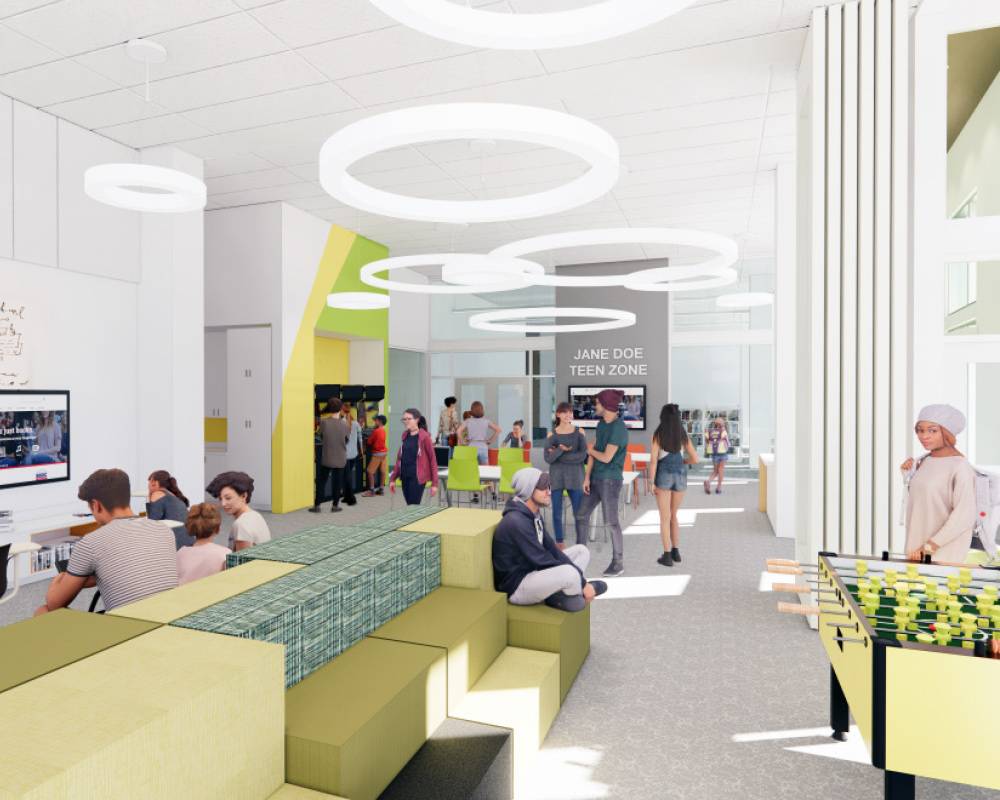Children are active, adventurous and not always careful. That combination, unfortunately, often leads to broken bones or fractures – common injuries sustained by children and a leading reason to see an orthopedic surgeon.
In children, broken bones are often the result of an accidental fall, a sports injury or a vehicle accident. Fractures often happen during summertime, when kids spend more time outdoors.
Children’s bones are different from adult bones in many ways, which calls for different treatment than adults. For example, children’s bones have a remarkable ability to heal quickly and the younger the child, the more this is true. This capacity for healing allows orthopedic specialists to cast or splint children’s bones as they heal, rather than operating surgically, which is more common in adults.
Because children are growing, their bones contain growth plates where new bone cells divide quickly. A fracture in or near a child’s growth plate can have major long-term effects. Children’s bones are also extremely pliable, which means a bone could bend, rather than break, during an injury or accident.
The following are types of fractures that could occur in children:
• A single fracture: The bone is broken in one place only.
• A comminuted fracture: The bone is broken into two or more pieces or crushed.
• A complete fracture: The bone is completely broken into two pieces.
• A greenstick fracture: The bone is cracked only on one side, not completely through.
• An open fracture: The bone is sticking through the skin.
• A bowing fracture: The bone bends but doesn’t break; this can only happen in children.
With most severe breaks, your child will experience sharp pain and you will most likely be aware that a bone is broken. However, there are many cases – especially if the fracture is small – when your child may not feel pain at all and you won’t know if a bone is broken.
If an accident or injury has occurred, it’s best to bring your child in for an examination and X-rays. Without timely treatment of a fracture, the bone will begin to heal itself – often in a compromised position.
If immediate help is needed, take your child to your 24-hour hospital emergency room or Immediate Care clinic.
Source: Beloit Health System
















